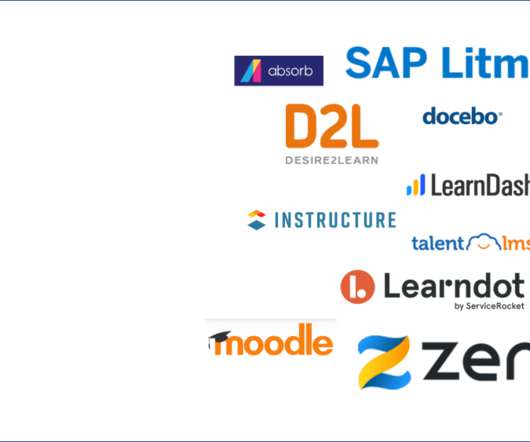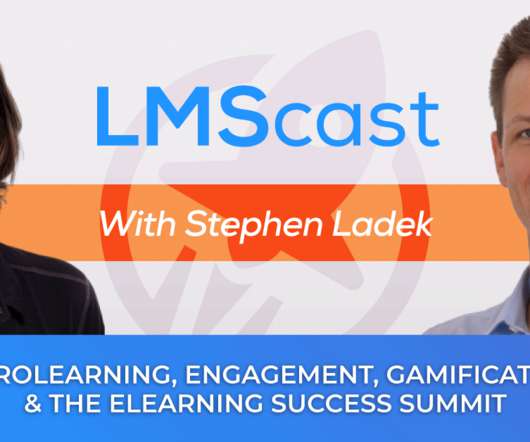19 Insider Secrets About Selecting An LMS
Spark Your Interest
MARCH 7, 2021
LMS are focused on online learning delivery including both asynchronous and synchronous training. Most often nowadays they are cloud-based, but you can still get ones that are installed on a local server. Most are proprietary but there are some open-source ones too. The Low-Cost Option – Or Was It?















Let's personalize your content